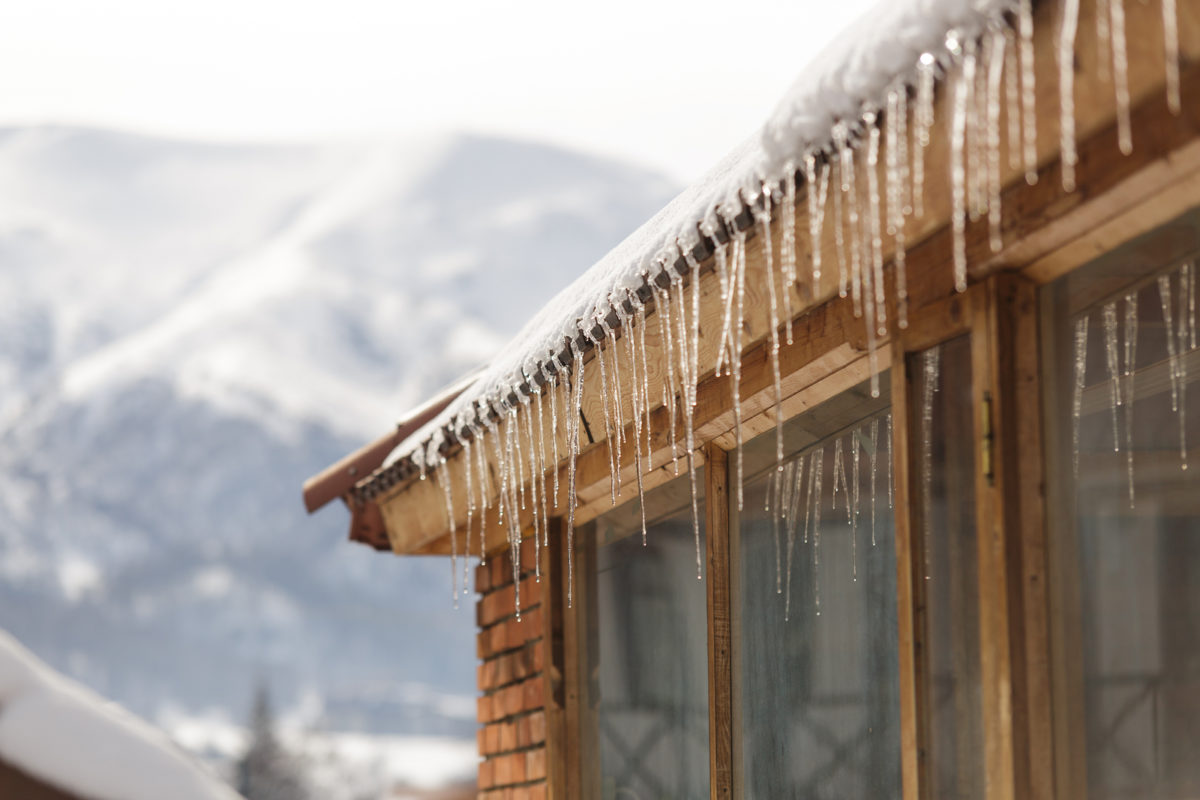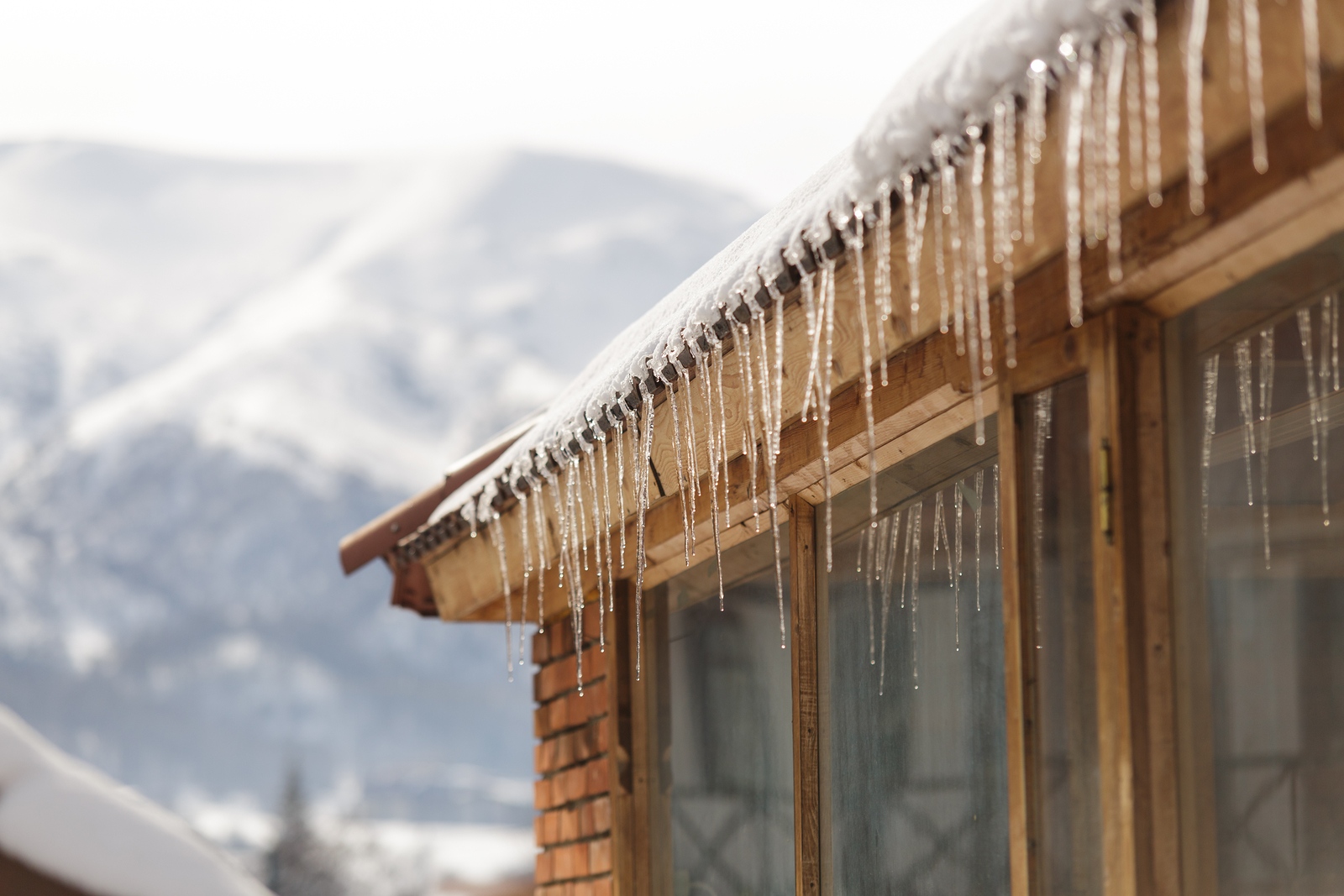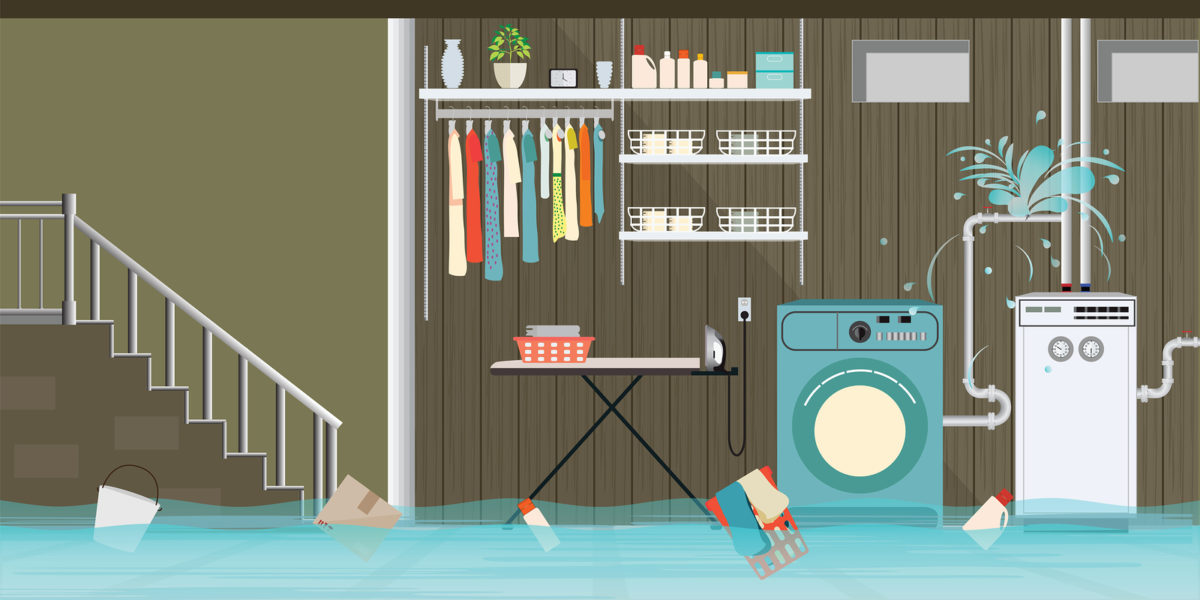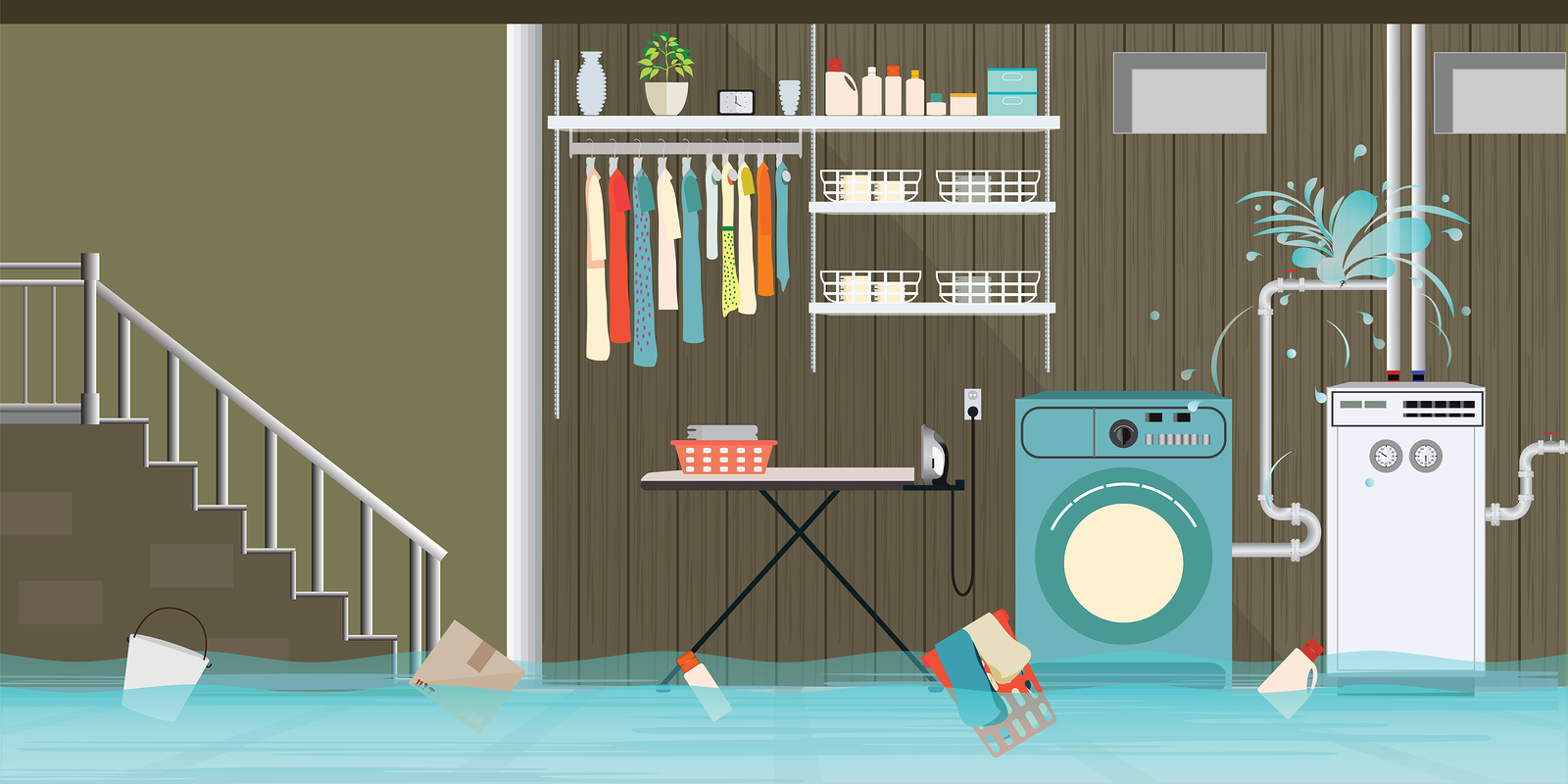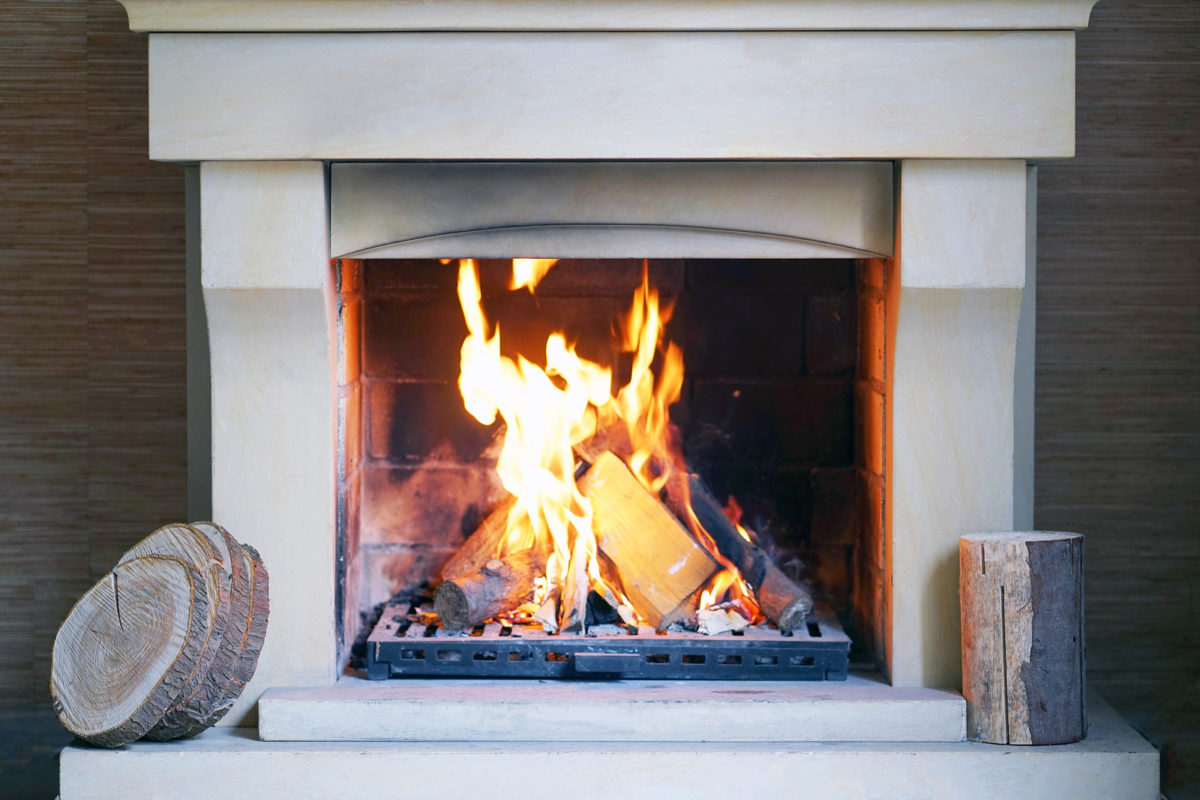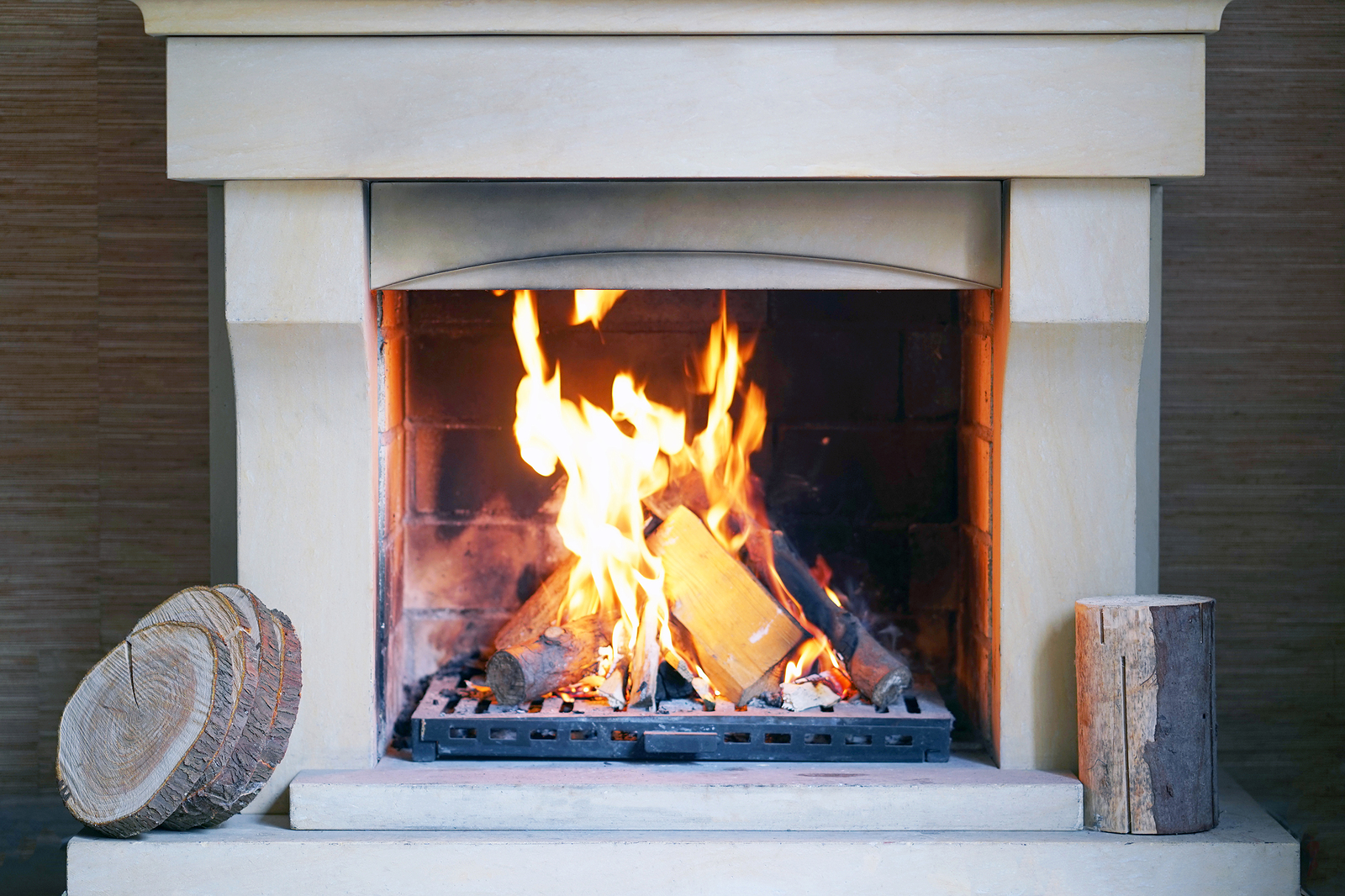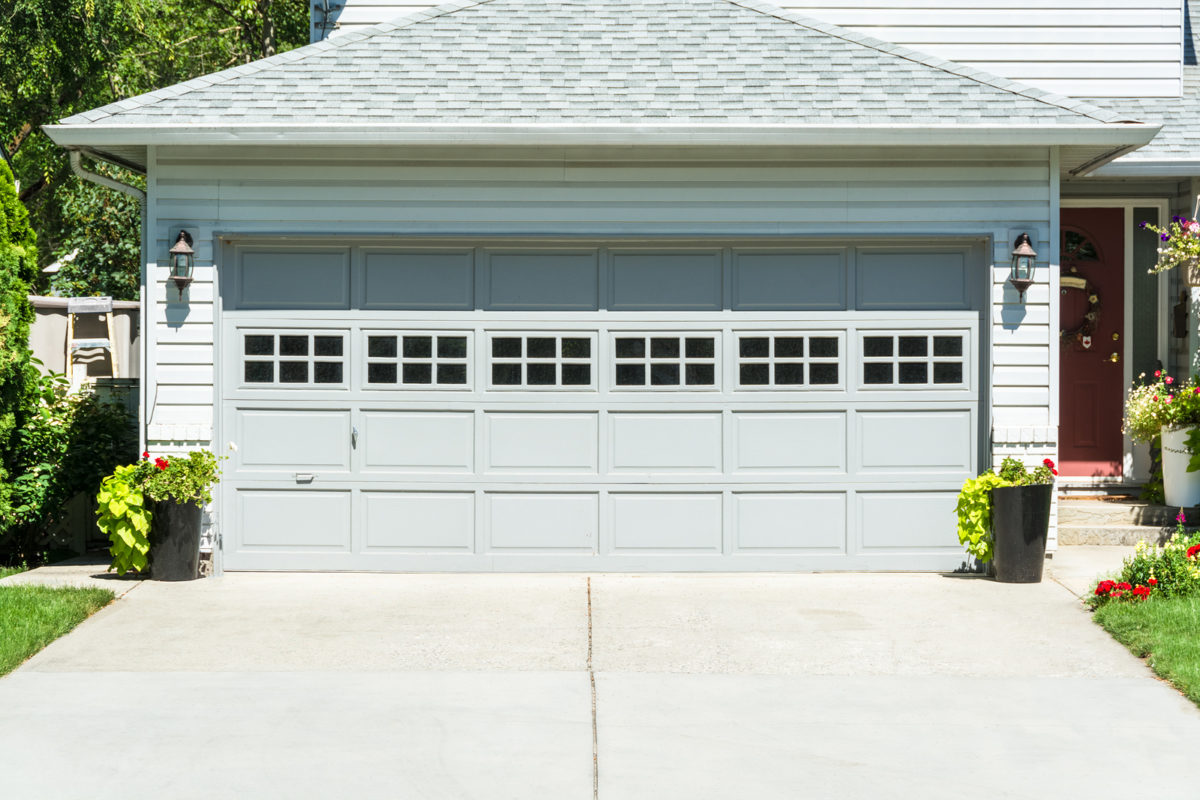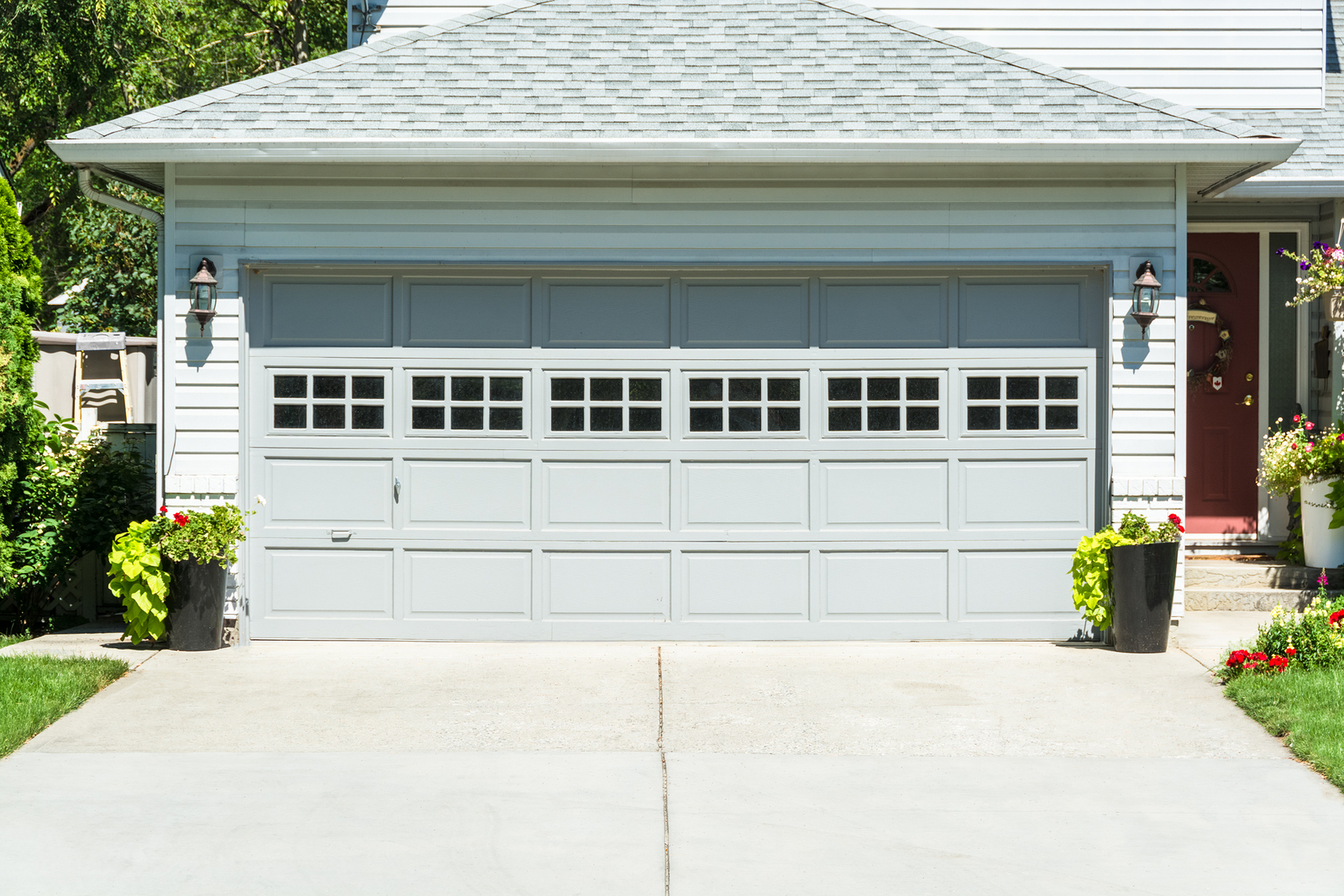
If there’s one thing we can guarantee during the home sale process it’s that you’ll walk away from the closing table with a sore wrist and a bad case of brain fog.
The sheer volume of papers you’ll sign is mind-boggling. The time you’ll spend sitting in the chair will numb more than your rear end.
But there is still work to be done. This is the fun part of the process though. As soon as you have the keys to your new home, get busy getting it in move-in condition.
In fact, there are some things that should be done before closing.
1. Transfer the utilities to the new address
Naturally, this is something you’ll want to do in advance of closing. We typically remind our clients to transfer utilities at least two weeks prior to closing on the new home.
And, by utilities, we mean electricity, water, gas and/or propane, sewer, trash collection, telephone land lines, security service (if the home has one), cable and internet.
Find out what day of the week the trash collectors come to the new neighborhood.
If you’ll be transferring other services to the new address, such as landscaping and pool cleaning, do those at the same time.
2. File a change of address with the post office
The post office needs to know where to deliver your mail and you have two ways of letting them know. You can either go to the post office and fill out a change-of-address card or use the U.S.P.S. online service.
Go online and navigate to moversguide.usps.com. Click on the blue “Get Started” button. Answer all the questions on the new page and use the “Next” buttons to navigate the rest of the process.
There is a $1 charge to change your address online, so you’ll need a credit or debit card.
3. Determine the quickest route to school and the best commute route to work
In all the excitement of moving into the new home, Monday will roll around before you know it.
Do you know what time to leave the home to get to school and work on time? Use the weeks before closing to familiarize yourself with the various routes you can take to each.
Make the trips during the morning commute time (not on a weekend), so that you can time your trips to the minute. This way, you can relax and know that nobody in the family will be late for school or work.
4. Change the locks on all doors leading to the exterior of the home
This task will need to wait until the home is actually yours, and you have the keys in your hand. Call a locksmith or, if you’re the DIY type, change the locks yourself.
Consider one of the new smart locks. They’re especially handy for large families and for those who have a tendency for losing keys.
Check out PC Magazine’s list of the best smart locks of 2019 at pcmag.com.
5. Need paint?
It’s a rare home that couldn’t use fresh paint on the walls and now is the best time to slap some on. If you wait, you’ll need to cover or move furniture out of each room and remove art work from the walls.
If you’ll also be replacing the flooring, you can be as messy as you want without a care as to where the paint is landing.
Speaking of new flooring, get that laid after painting and before moving in.
6. Give the home a deep clean
The previous owners of your new home were most likely told by their real estate agent that they were expected to leave the home in “broom swept” condition.
There is really no one definition of this term, but at the least, the floors should be swept and vacuumed and all personal belongings removed from the home.
No, it doesn’t always happen. But one thing you can most likely depend on is that the home won’t be deeply clean.
You’ll be so happy you took the time to do this, or hired someone to do it for you, when you move in and don’t have to lift a finger to be able to enjoy your new digs.
7. If you have pets
Parole the perimeter of the home to ensure the fencing doesn’t include gaps wide enough to allow your pet to get out. If your dog or cat will spend time in the garage, store chemicals (especially automobile anti-freeze) up high, out of their reach.
Finally, notify the microchip company of your new contact information so that if Fluffy does get loose and someone finds her, you can be notified quickly.
Your veterinarian can help you find the company contact information for the particular chip implanted in your pet.
Welcome home!





